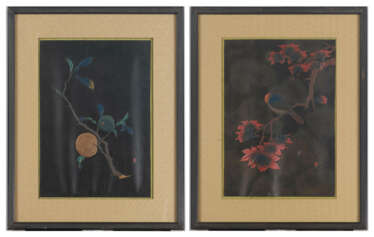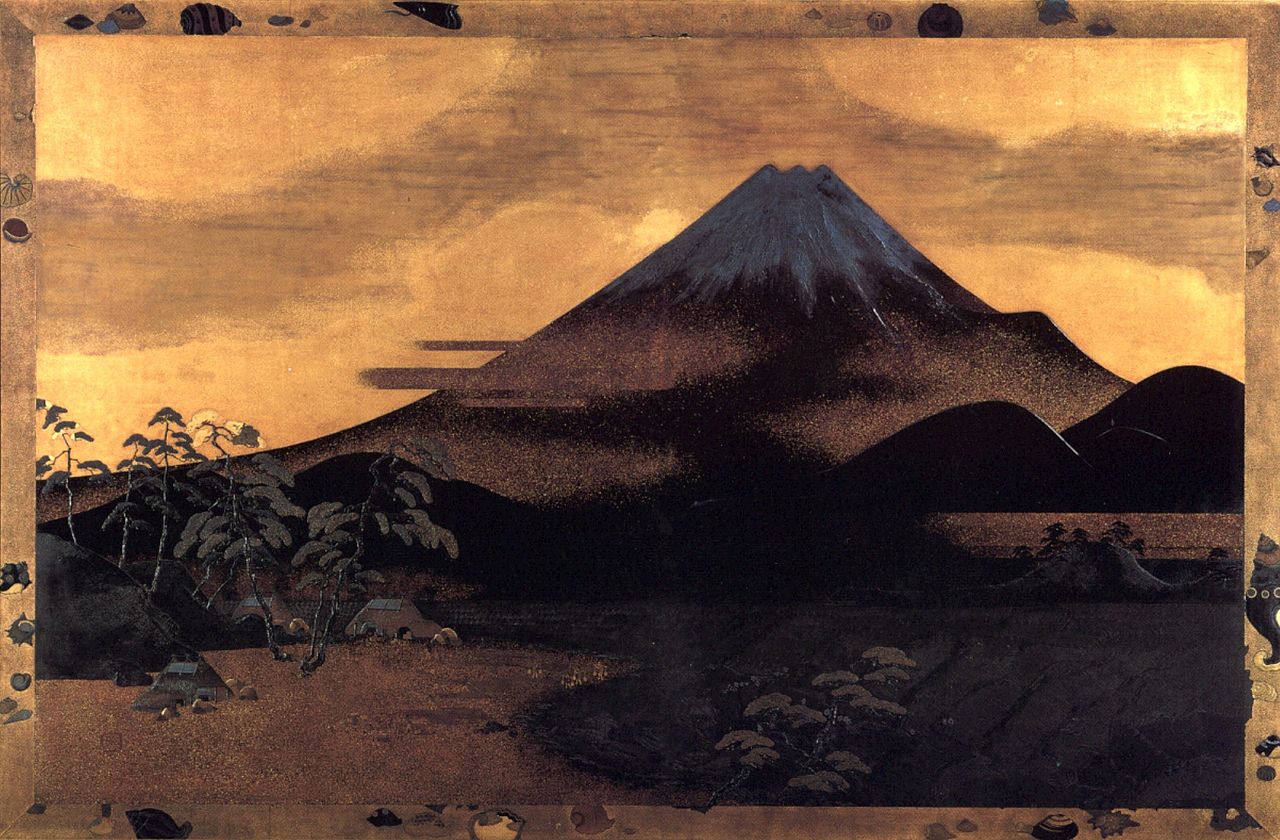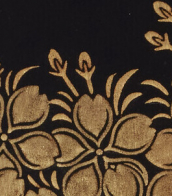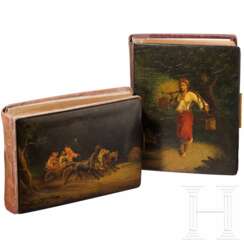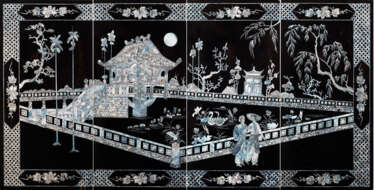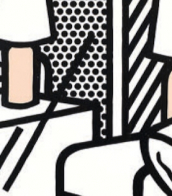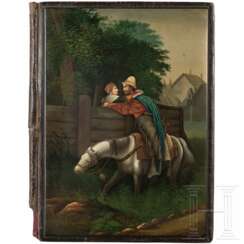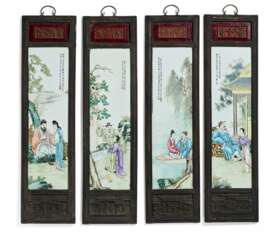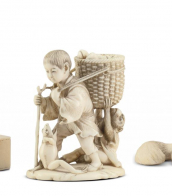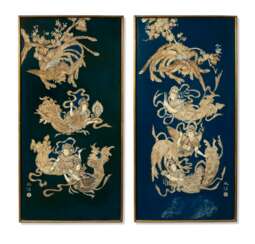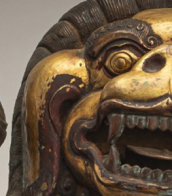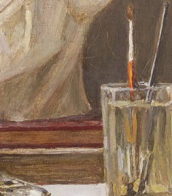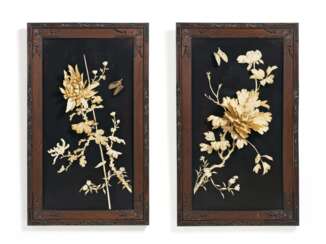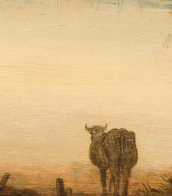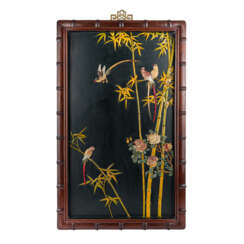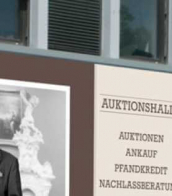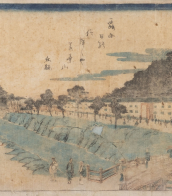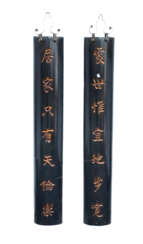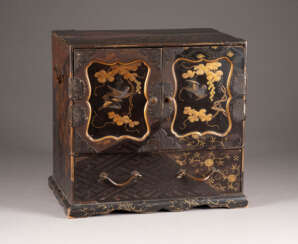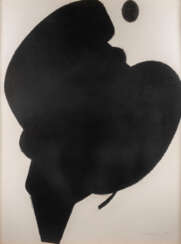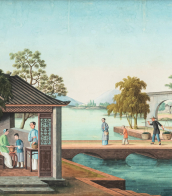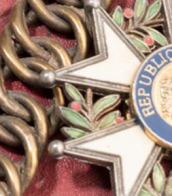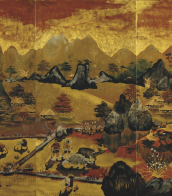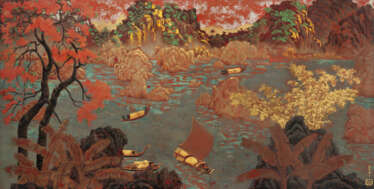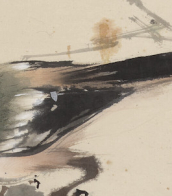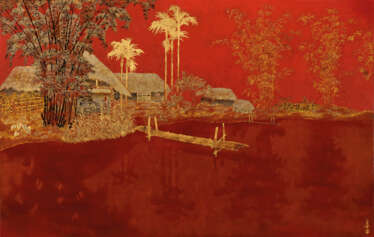229 Items by auctions and galleries:
lack auf panel
Lot 5035 Mappe für Briefschaften mit Lackplaketten "Bojarenpaar am Zaun", Russland, Ostaschkowo, Werkstatt Osip F. Wischnjakow mit Söhnen, 1873 - 1882
A102: Kunst, Antiquitäten & Antiken 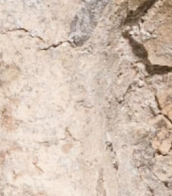

Hermann Historica
A102: Kunst, Antiquitäten & Antiken
Date: 19.11.2024 10:00 UTC +02:00
Number of lots in the catalog: 1082
Lot 4869 Mappe für Briefschaften mit Lackplaketten "Bojarenpaar am Zaun", Russland, Ostaschkowo, Werkstatt Osip F. Wischnjakow mit Söhnen, 1873 - 1882
A104kua: Kunst, Antiquitäten & Antiken 

Hermann Historica
A104kua: Kunst, Antiquitäten & Antiken
Date: 06.05.2025 10:00 UTC +02:00
Number of lots in the catalog: 959
Lot 21 A PAIR OF GEORGE II BLACK-JAPANNED AND PARCEL-GILT ARMCHAIRS
The Ann & Gordon Getty Collection: Volume 1 | Important Pictures and Decorative Arts, Evening Sale 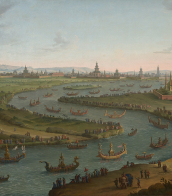

CHRISTIE'S
The Ann & Gordon Getty Collection: Volume 1 | Important Pictures and Decorative Arts, Evening Sale
Date: 20.10.2022 18:00 UTC -04:00
Number of lots in the catalog: 60
Lot 347 KLAUS RINKE 'BLACK MOLLY IN ERWARTUNG' (1994)
Klaus Rinke (1939) 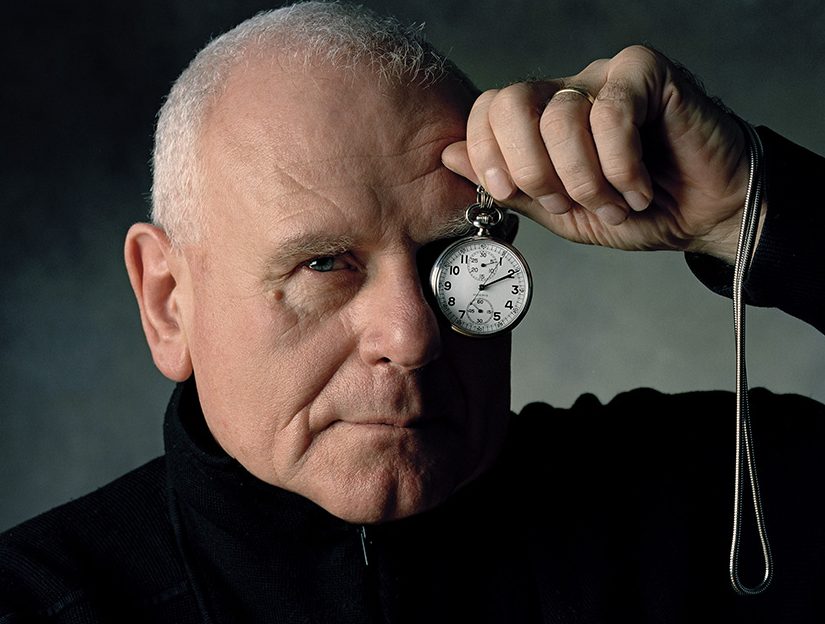 MODERNE & ZEITGENÖSSISCHE KUNST
MODERNE & ZEITGENÖSSISCHE KUNST 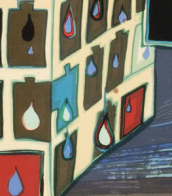

Klaus Rinke
29.04.1939
Germany
Klaus Rinke is a German contemporary artist.

Hargesheimer Kunstauktionen Düsseldorf
MODERNE & ZEITGENÖSSISCHE KUNST
Date: 09.12.2022 22:25 UTC +02:00
Number of lots in the catalog: 813
Lot 534 Großes Paneel mit Jade- und Stein-eingelegtem Reliefdekor einer mythologischen Kreatur auf Rotlackgrund in fein geschnitztem Rahmen
814-1 | Asiatische Kunst (Fine Asian Art) 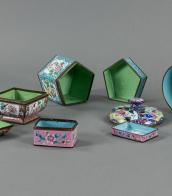

Nagel Auktionen GmbH
814-1 | Asiatische Kunst (Fine Asian Art)
Date: 12.06.2023 09:30 UTC +02:00
Number of lots in the catalog: 587
Lot 7 Thomas Zipp. Black Pattex (Mo)
Thomas Zipp (1966) 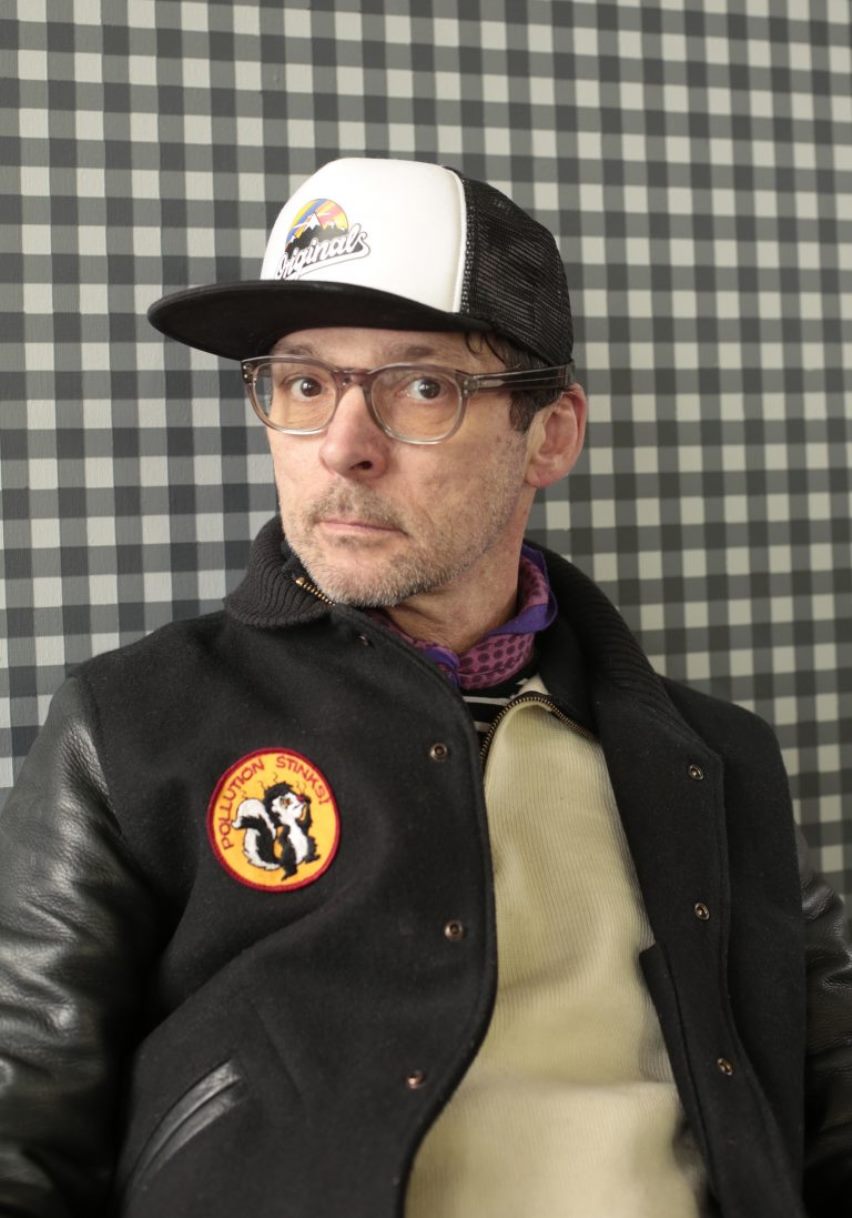 A1240: New Young – Emerging. Contemporary Art
A1240: New Young – Emerging. Contemporary Art 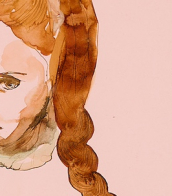

Thomas Zipp
1966
Germany
Thomas Zipp is a German artist, sculptor and installer who lives and works in Berlin.
He graduated from the Staedelschule in Frankfurt and the Slade School of Art in London. Zipp's work comes in the form of paintings, sculptures, prints, drawings and installations.

VAN HAM Kunstauktionen GmbH
A1240: New Young – Emerging. Contemporary Art
Date: 02.12.2024 18:00 UTC +02:00
Number of lots in the catalog: 104
Lot 35 NGUYEN GIA TRI (1908-1993)
Nguyen Gia Tri (1908 - 1993) .jpg) 20th/21st Century Art Sale
20th/21st Century Art Sale 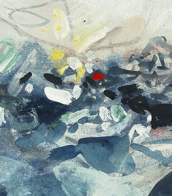
.jpg)
Nguyen Gia Tri
1908 - 20.06.1993
Vietnam
Nguyễn Gia Tri (Vietnamese: Nguyễn Gia Trí) was a Vietnamese painter best known for his lacquer paintings. He also drew cartoons on political and social topics, many of which were critical of French colonial rule.

CHRISTIE'S
20th/21st Century Art Sale
Date: 24.09.2023 15:00 UTC +08:00
Number of lots in the catalog: 62
